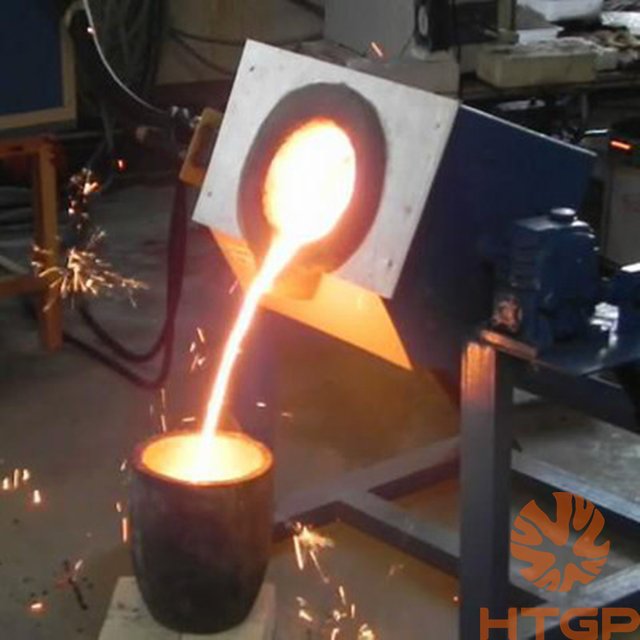Melting method
Electric arc furnace melting

Electric arc furnace melting is one of the main hot processing methods for steel castings. Its principle is to use electric energy to heat molten iron to a suitable temperature, oxidize and remove impurities such as carbon, silicon, and manganese in the molten iron, so that it meets certain composition and structural requirements.
Electric arc furnace melting has the advantages of high thermal efficiency, low energy consumption, and simple operation. It is suitable for the production of medium and low alloys and large and medium-sized steel castings.
Oxygen furnace melting
Oxygen furnace melting is a melting method that uses oxygen for combustion and generates high temperature.
Compared with electric arc furnaces, the advantages of oxygen furnace melting are high temperature, clean molten pool, high thermal efficiency, and high gas utilization. It is suitable for the production of high-alloy and large steel castings.
Electric furnace melting
Electric furnace melting is to use electric energy to heat molten iron to a suitable temperature for melting.
Compared with other melting methods, electric furnace melting has the advantages of high thermal efficiency and low energy consumption, and can be refined and adjusted in composition, which is suitable for the production of high-precision and high-quality steel castings.
Process Flow
Raw Material Selection
The raw materials of steel castings are mainly pig iron, scrap steel, steel ingots, etc., but different methods and processes have different requirements for raw materials.
The selection of raw materials must take into account the casting process and material composition to ensure the reliable quality of the smelted steel castings.
Smelting Process
During the smelting process, it is necessary to select appropriate methods for smelting according to the requirements of steel castings, and take necessary composition adjustment, temperature control and other measures to ensure that the composition and quality of steel castings meet the design requirements.
Molten Pool Cleaning Treatment
Molten pool cleaning treatment is an important link in the manufacturing process of steel castings. In smelting, there are many harmful elements and impurities, such as oxides, gases, sulfur, phosphorus, etc., which will affect the quality of steel castings. Appropriate treatment measures must be taken to remove these impurities.
Refining Treatment
Refining treatment is carried out during the smelting process. It can remove impurities in molten steel, optimize the composition of molten steel, and improve the quality of steel castings. Common refining methods include vacuum refining, alumina refining, ladle tempering, etc.
Casting Process
The choice of casting process varies depending on the characteristics of steel castings. In general, semi-automatic or fully automatic casting processes are more applicable.
For large steel castings, it is also necessary to take measures such as equalizing heat, heat preservation, increasing the pouring speed, and avoiding overheating to ensure the quality of the castings.
[Conclusion]
The smelting methods and process flows of steel castings are complex and diverse, but as long as the appropriate methods and process flows are selected according to the actual conditions of the steel castings, the cast steel castings will definitely meet the best quality standards.